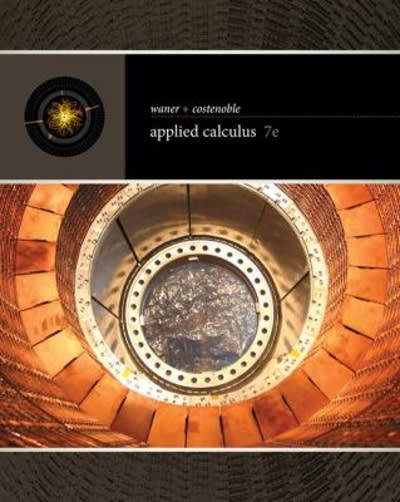Question
The apparent brightness on Earth of a star is measured on the magnitude scale. The apparent magnitude m of a star is defined by m
The apparent brightness on Earth of a star is measured on the magnitude scale. The apparent magnitude m of a star is defined by
m = 2.5 log I,
where I is the relative intensity. The accompanying exponential formula is
I = 2.51m.
To find the relative intensity, we divide the intensity of light from the star Vega by the intensity of light from the star we are studying, with both intensities measured on Earth. Thus, apparent magnitude is a logarithmic function of relative intensity. A certain star has a relative intensity of 3.5, in the sense that on Earth light from Vega is 3.5 times as intense as light from that star. What is the apparent magnitude of the star? Round your answer to two decimal places. Note: The magnitude scale is perhaps the reverse of what you might think. The higher the magnitude, the dimmer the star. Some very bright stars have a negative apparent magnitude.
Step by Step Solution
There are 3 Steps involved in it
Step: 1

Get Instant Access to Expert-Tailored Solutions
See step-by-step solutions with expert insights and AI powered tools for academic success
Step: 2

Step: 3

Ace Your Homework with AI
Get the answers you need in no time with our AI-driven, step-by-step assistance
Get Started


